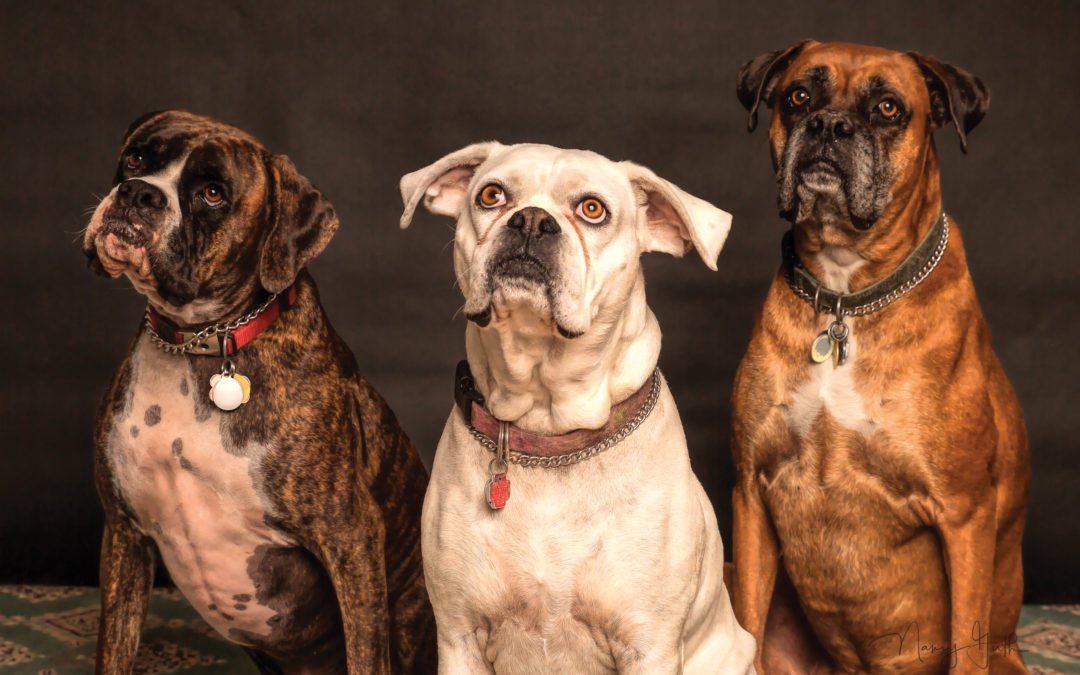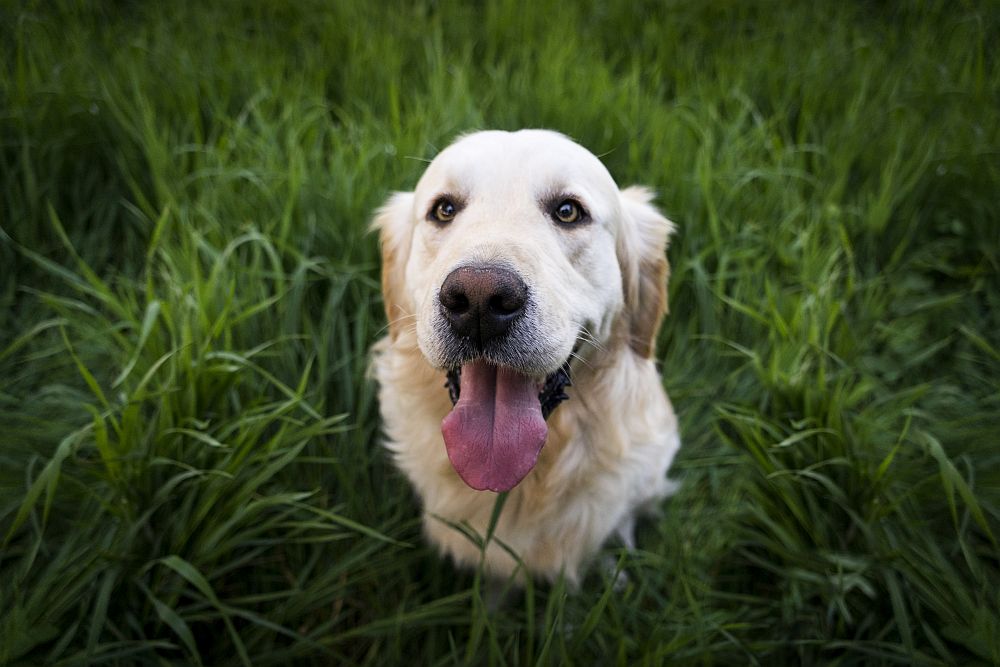I had a female Shetland Sheepdog years ago, Megan, that was incredibly bright, active and energetic but easily distracted. Obedience training was slow and difficult for her (and me). Then, once I began to pay attention to her and her needs, I saw the light. Remember,...
Those of us not having significant others, children or other family sheltering with us are probably finding this time lonely and quite strange. Sure, you could do home projects, use Zoom, Skype and other social media to connect with friends and family, but nothing...
As discussed in the first post on this issue, feeding your dog the best foods and treats you can afford does have its benefits. Before you choose a food or treat for your dog you must do your due diligence and research. When doing your research, don’t always just...
You’ve seen those fitness ads on TV that promise amazing results from all sorts of contraptions. There’s really no need to spend the money. Why invest in fancy equipment when you have your dog or can borrow a dog? With a dog you have everything you need to get back...
There’s a pet food company that is currently advertising “If you love them like family, feed them like family”. I like this idea but think it needs to be explained a bit more. We all love our dogs, if not we wouldn’t have them gracing our lives. Unfortunately, we...
 Years ago, there was little to choose from in dog training techniques. If you were searching for a training program you were offered the choice between metal choke and/or prong collars or sometimes cloth choke collars. Trainers used harsh corrections often followed by...
Years ago, there was little to choose from in dog training techniques. If you were searching for a training program you were offered the choice between metal choke and/or prong collars or sometimes cloth choke collars. Trainers used harsh corrections often followed by...
 Dog training, whether you have a puppy or an adult dog, is about being in control. This does not mean that you should be aggressive, forceful or dominating. It does mean that you MUST be in control of the situation. Dogs learn by doing and if the dog can repeat a...
Dog training, whether you have a puppy or an adult dog, is about being in control. This does not mean that you should be aggressive, forceful or dominating. It does mean that you MUST be in control of the situation. Dogs learn by doing and if the dog can repeat a...

